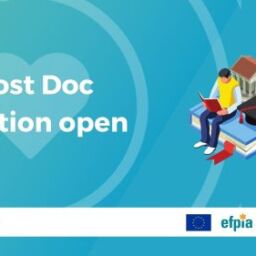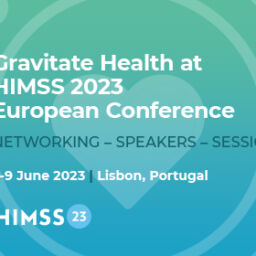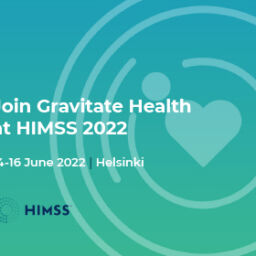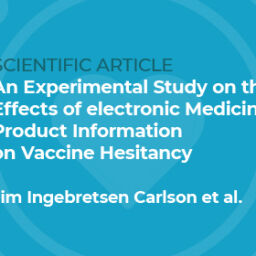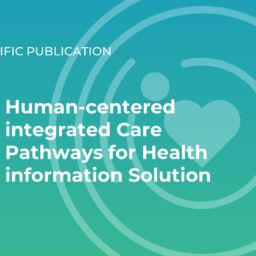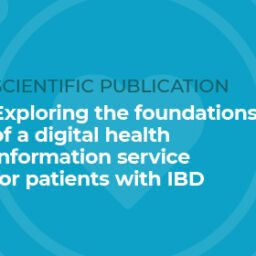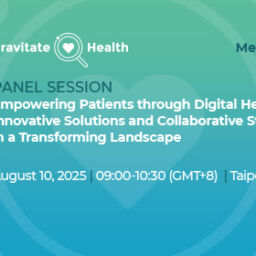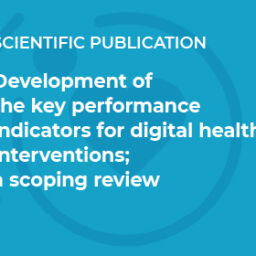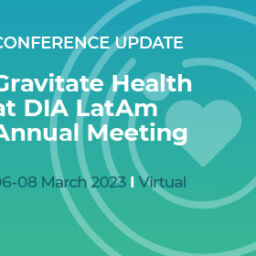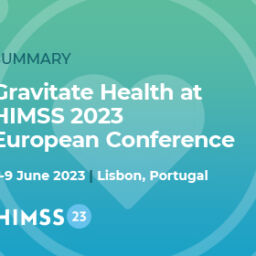Internet Use for Obtaining Medicine Information: Cross-sectional Survey
What’s the current context? Why the need for this article?
This article can prove important for different reasons for various categories of readers: for healthcare professionals, to better understand how medicine users obtain information about medicines and what information they seek (or need), also what they trust; for patient organizations, to better understand how patients seek medicine information and what sites they trust; for pharma industry, to better understand how to reach medicine users with information. Lastly, this article will affirm to public authorities and policymakers that medicine users trust public portals for health and medicine information. This is why a public portal is an important channel when providing medicine information to the citizens.
What to expect in the article?
Authors from the Norwegian Centre for E-health Research designed a cross-sectional study with a convenience sample of pharmacy customers to run this survey. They recruited participants from community pharmacies in Tromsø, a medium size municipality in Norway, and administered to them a structured questionnaire. The data was collected over a period of 6 weeks. Descriptive and non-parametric statistics was used.
In this study, 303 respondents reported which sources they used to obtain information about their medicines (both prescription and over the counter) and to what extent they trusted these sources. Forty one percent (41%) used the internet for medicine information, and the only factor associated with internet use was age. Younger people used the internet more than the older age groups. The main purpose for using the internet was to obtain information about side effects. Other sources of medicine information were physicians, pharmacy personnel and medication package leaflets. Forty percent (40%) used the package leaflet. Almost all trusted health professionals as a source of information on medicines and the most reliable websites were the national health portals and other official health information sites.
The study found that Norwegian pharmacy customers use the internet as a source of medicine information, but most still obtain medicine information from health professionals and packet leaflets.
People are aware of the potential for misinformation on websites, and they mainly trust high-quality sites run by health authorities.
Bergmo T.S. et al., JMIR Form Res 2023.
Where to read the article?
If you’re interested in discovering more about how citizens seek information on medicines, which are their preferred sources and where they place their trust, then click here to view the full article.
Contact Information:
Trine Strand Bergmo – University Hospital of North Norway.



